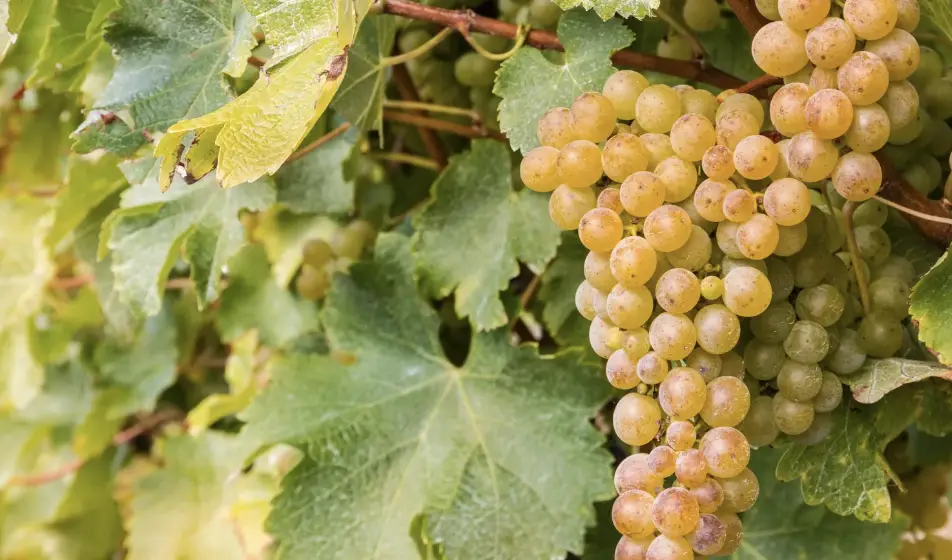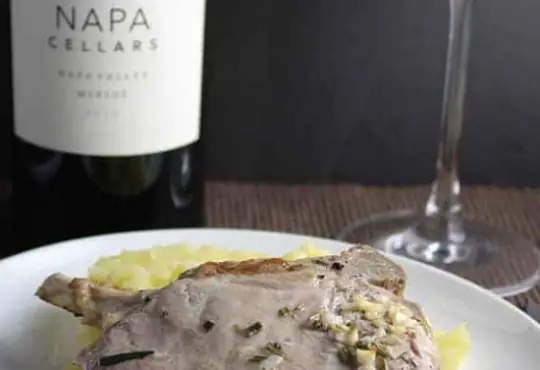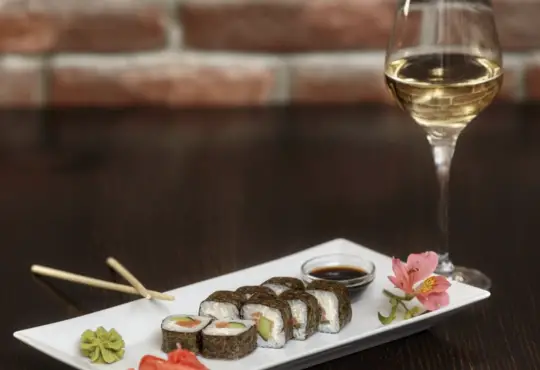
Sauvignon Blanc vs. Chardonnay: A Tale of Two Classic White Wines
In the realm of white wines, Sauvignon Blanc and Chardonnay stand as iconic varietals, each with its unique characteristics and loyal following. Whether you prefer the vibrant and herbaceous notes of Sauvignon Blanc or the versatile and luscious flavors of Chardonnay, both wines have left an indelible mark on the world of wine. In this blog post, we will explore the distinctions between Sauvignon Blanc and Chardonnay, shedding light on their origins, flavor profiles, winemaking techniques, and food pairings, helping you make an informed choice when choosing your next glass.
- Origins and Grape Characteristics
a) Sauvignon Blanc: Sauvignon Blanc traces its roots back to the Bordeaux region of France, where it gained prominence for its zesty and herbaceous nature. The grape’s name comes from the French words “sauvage” (wild) and “blanc” (white), reflecting its origins as a wild vine. Sauvignon Blanc grapes typically produce wines with high acidity, a crisp mouthfeel, and vibrant aromas of citrus, green apple, and fresh-cut grass.
b) Chardonnay: Originating from the Burgundy region of France, Chardonnay is one of the world’s most widely planted white grape varieties. Renowned for its versatility, Chardonnay can take on various styles depending on the winemaker’s approach. Chardonnay wines often exhibit notes of apple, pear, tropical fruits, and vanilla, depending on factors such as oak aging and fermentation techniques.
- Flavor Profiles
a) Sauvignon Blanc: Sauvignon Blanc is known for its refreshing and bright flavors. The wine typically presents a zesty acidity, making it vibrant on the palate. Expect notes of grapefruit, lime, green apple, passion fruit, and occasionally bell pepper and freshly cut herbs. Sauvignon Blanc’s characteristic herbal or grassy aromas lend it a unique and distinct personality.
b) Chardonnay: Chardonnay offers a wide spectrum of flavors, influenced by winemaking techniques. Unoaked Chardonnays often showcase the pure fruit characteristics of apple, pear, and citrus, while oaked Chardonnays take on a richer and creamier profile with notes of vanilla, butter, and toasted oak. The oak aging process adds complexity to Chardonnay, making it velvety and lush on the palate.
- Winemaking Techniques
a) Sauvignon Blanc: Sauvignon Blanc is often fermented in stainless steel tanks, preserving its bright fruit flavors and natural acidity. Some winemakers may also use oak barrels to add subtle complexity, but the emphasis is on retaining the grape’s fresh and vibrant characteristics.
b) Chardonnay: The winemaking process for Chardonnay offers more versatility. Unoaked Chardonnays are typically fermented and aged in stainless steel or concrete tanks, allowing the fruit flavors to shine. On the other hand, oaked Chardonnays undergo fermentation and aging in oak barrels, imparting buttery and toasty flavors, as well as a smooth mouthfeel.
- Food Pairings
a) Sauvignon Blanc: Its high acidity and refreshing profile make Sauvignon Blanc an excellent accompaniment to lighter dishes. Pair it with seafood, especially oysters, salads, vegetarian dishes, and goat cheese to elevate the flavors of the meal.
b) Chardonnay: Chardonnay’s versatility allows it to pair well with a wide range of foods. Unoaked Chardonnays are a great match for chicken dishes, seafood, and lighter pasta dishes. Oaked Chardonnays complement richer dishes like lobster, creamy pastas, and roasted poultry.
Conclusion
Sauvignon Blanc and Chardonnay may both belong to the world of white wines, but they offer unique and distinct experiences for the discerning palate. Sauvignon Blanc’s vibrant acidity and herbaceous character make it an invigorating and refreshing choice, while Chardonnay’s versatility and potential for diverse expressions cater to a broader range of tastes.
When selecting your next bottle, consider the occasion and the type of flavors you desire. Whether it’s a crisp Sauvignon Blanc for a sunny afternoon or an oaked Chardonnay for an indulgent evening, both wines promise to deliver an unforgettable experience. Embrace the diverse charm of these classic white wines, and let your taste buds embark on a delightful journey through their multifaceted flavors. Cheers to the world of white wines and the unique pleasures they bring!






